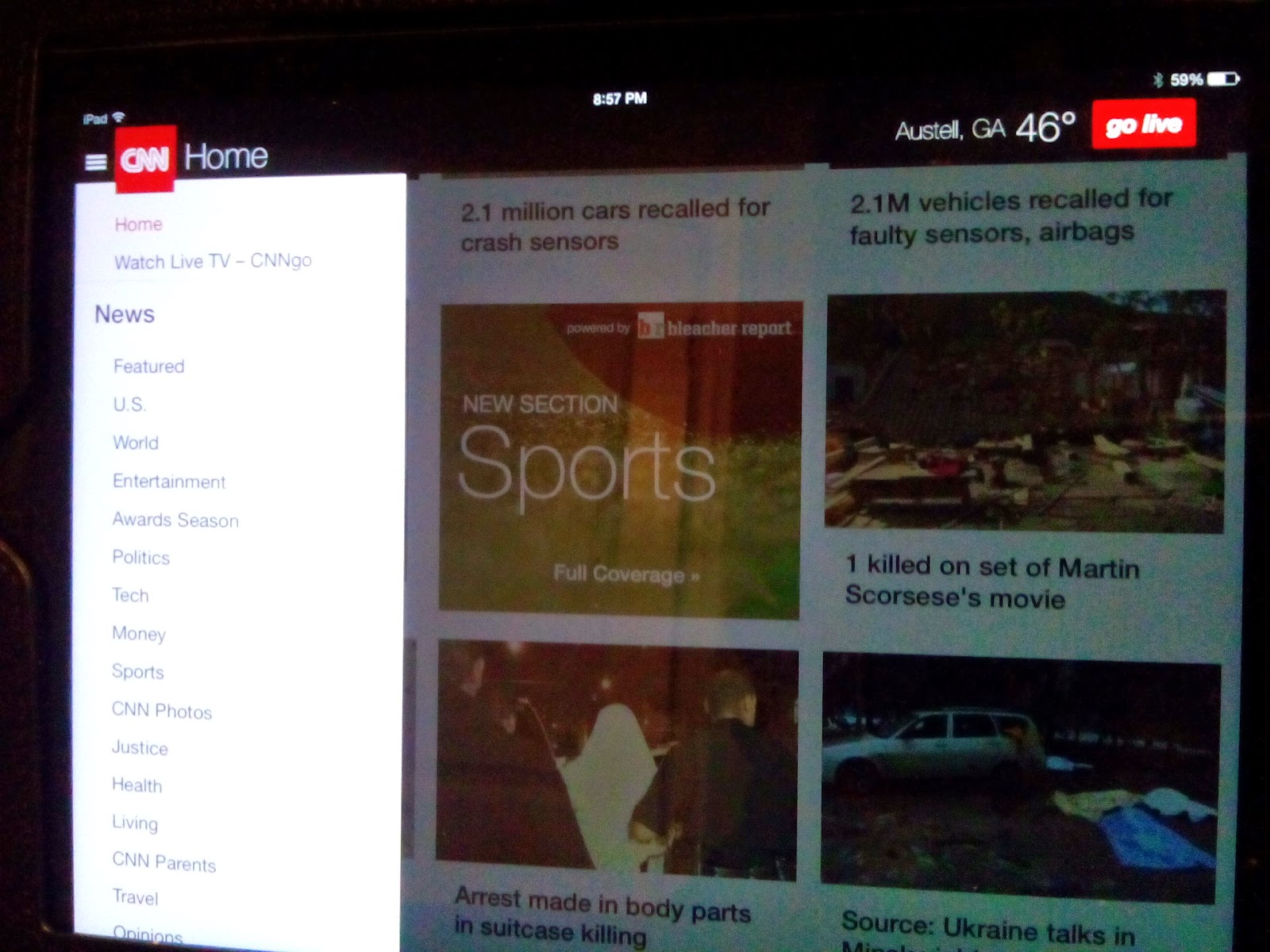The readings for this week were
both interesting; however, I have chosen to discuss only one of the two. My
choice is based on the argument contained in the article, which is very similar
to what has so far been discussed on this blog. Nevertheless, before I delve
into the argument, it is important to state that this argument is one that may
never reach a consensus, considering its similarity to the argument between
skeptics and celebrants of the internet.
Social
media: An effective tool for PR or not
Valentini (2014) argued that the
perception of the social media as totally beneficial to public relation practice
was a belief devoid of concrete evidence. According to her, this notion lacked adequate
empirical support. Therefore, her goal was to point out that social media
should not be wholeheartedly adopted into the practice of PR, without proper
understanding of its operations.
Anyone, who has followed the topics being discussed on this blog, would see the similarity between this researcher’s goal and the conclusions that have so far been made on the use of technology.
Anyone, who has followed the topics being discussed on this blog, would see the similarity between this researcher’s goal and the conclusions that have so far been made on the use of technology.
Some weeks ago, we were able to
establish that technology has its good and bad sides; it is not positive or
negative in itself, but takes up either of these aforementioned characteristics,
based on its use or user. This was the point of Valentini (2014); she sort to
enlighten PR professionals that as much as there were many glaring advantages
of using social media, it also had its negative effects that should not be
ignored. Personally, I agree that with the way technology is being used and
controlled today, not just organizations or professionals, but also individuals
must be cautious in their use of these technologies. However, our focus on this post is whether
social media is a hundred percent good for PR practice as acclaimed.
Relationship
building: Between individuals versus corporations
One of the main roles of PR is to
establish mutually beneficial relationships between an organization and its
publics (Lattimore, Baskin, Heiman & Toth, 2012). Therefore, it is easy to
see the correlation between this main function and the social media. The social
media is a technology that many individuals use to foster relationships across
the globe. Hence, the probability that this platform could also do same for PR
professionals is high or maybe not.
First, we must properly dissect these two contexts. The fact that
individuals are able to build effective relationships with one another on
social media sites like Facebook and Twitter, does not mean that the dynamics
are the same, when it comes to organizations or corporations. For instance, I
may be more willing to accept advice concerning a product or service from my
friends and family than from the company itself. How then is this relationship
to be formed, when people are weary of direct communications from unfamiliar
organizations? This is the reason for the increase in the use of friends or
word of mouth (WOM) by organizations on social media sites.
It is not that people are not
interested in what organizations have to say, but that they are more interested
in companies that have been able to earn their trust over a period of time https://www.youtube.com/watch?v=pMS5Iu0psDY. So,
for any “new” (which means individual’s unfamiliarity with the company)
organization, breaking through the clutter of information to one individual or
groups of people, is not as “black and
white” as the celebrants of the social media claim. This is the
understanding that Valentini (2014) aimed to pass across.
Social
media: Direct communication or platform for general information
Another advantage of social media
to the PR profession is that practitioners are able to communicate directly
with their publics. It is true that they no longer have to go through the
traditional media (radio, television and print media) to communicate with
stakeholders and staff, who are also part of an organization’s publics. But,
when consumers are involved, it may not be that simple.
Communication is more than
information (Valentini, 2014) and so, the availability of a platform for
organizations to relay their messages directly to individuals, does not imply
that these individuals actually received or decoded the message. Therefore,
when it is said that social media enables PR persons to communicate directly
with its publics, what does that even mean?
There are no guarantees that the
information being transmitted would be seen by the target audience and even if
it is seen, there must be feedback to connote that the information was truly a
communication process. On the other hand, there is so much information on SNSs
that people often just glance through these sites, pausing only when friends
and family seem involved in the interaction.
Beyond
the criticism
 So that I do not appear totally
biased about the “goodness” of social media in PR practice, I would like to
point out two advantages that seem concrete. Social media allows for fast and
cheap transfer of information to an organization’s publics. Formerly, it would
have taken a longer and more expensive process to get information across to
consumers. However, with the social media and other platforms on the web, it
has become less strenuous. There is no need to pay, except in the case of
advert placement.
So that I do not appear totally
biased about the “goodness” of social media in PR practice, I would like to
point out two advantages that seem concrete. Social media allows for fast and
cheap transfer of information to an organization’s publics. Formerly, it would
have taken a longer and more expensive process to get information across to
consumers. However, with the social media and other platforms on the web, it
has become less strenuous. There is no need to pay, except in the case of
advert placement.
Final
thoughts: Implications
The point though, is that speed and
fewer expenses do not always imply effectiveness. The power is once again in
the hands of the consumer to determine if the relationship would be beneficial.
If it is, then a relationship is formed and easily maintained, communication
becomes fast, continuous and cheap, and then, one can truly say that social
media is in this instance, “good” for the PR profession.
Realistically, I would advice PR
practitioners not to keep their hopes up that social media would not have
adverse effects, because though technology makes life a little easier, it does
not have the solution to all of life’s problems.
Therefore, technology, in form of
the social media has been made available, but like every other technology,
there are no clear cut distinctions on whether it is purely advantageous or
not. Social media does offer opportunities that should be explored in the field
of PR. Nevertheless, one must be aware of its limitations, in order to
adequately utilize its strengths and minimize false expectations.
Thoughts of a PR guru
“The role of public
relations transcends technology,” said Harold Burson, founder of the largest PR agency in the world. “No new invention or methodology can ever
change the basic human characteristic of communicating ideas with the basic
purpose of influencing agreement or support or otherwise.”
References
Jenkins, H., Ford, S., & Green, J. (2013). Spreadable
media: Creating value and meaning in a networked culture (pp.
xi-113). NYU Press.
Lattimore, D., Baskin, O., Heiman,
S., & Toth, E. (2012). Public
relations: The profession and the practice (4th
Edition). New York: McGraw Hill Inc.
Valentini,
C. (2014). Is using social media “good” for the public relations profession? A
critical reflection. Public Relations Review.





















